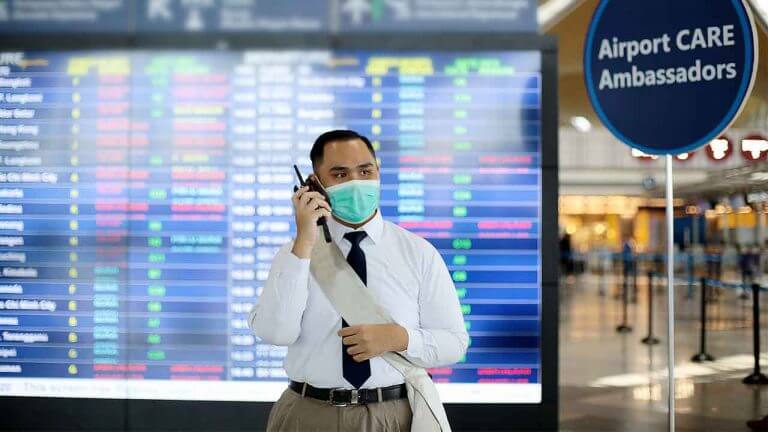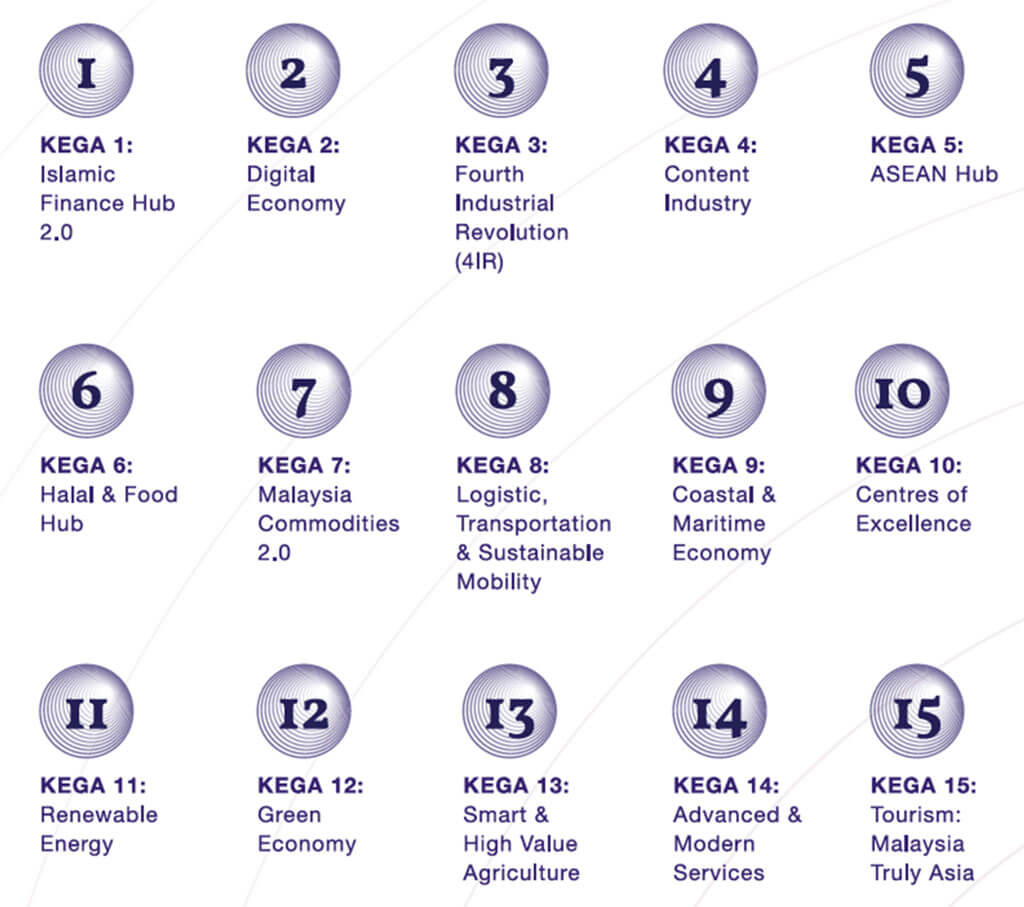Source of Image : iStock – https://www.istockphoto.com/photo/at-the-airport-gm1212370722-351929111
By Dr. Nur Aainaa Syafini binti Mohd Radzi, Senior Research Analyst, Institut Masa
Over the last decade, the Malaysian economy has been seen to be slower than many other Asian countries indicating that economic growth has yet to reach its full potential. The data, which has been reported in the Shared Prosperity Vision 2030 (SPV2030)’s document has also been echoed by Statista 2020, in their report comparing the Gross Domestic Product (GDP) of the ASEAN countries from 2010 to 2020.
There are an abundant of economic activities happening in Malaysia. The varieties, however, have slowed down the growth of the economy in the country as there is no focus on pushing the economic activities to reach their full potential. Malaysia at this moment has a high reliance on commodity-based exports. Industries in Malaysia as well have been clustered in the Low Value-Added Category due to the low adoption of high technology.
These, are amongst the key contributors of the low Compensation of Employees (CE) to GDP in Malaysia, directly affecting the following
i. The number of high value-added jobs available in Malaysia,
ii. The number of skilled workers in Malaysia (Malaysian labour market is still dominated by 72.8% semi and low skilled workers), as most of the industries in Malaysia are still operating in conventional ways, and
iii. The excessive influx of foreign labour, as the country’s economic activities, are labour-intensive. This situation impacts wages, unemployment, and living standards of native low-skilled workers, as foreign labour is cheaper and they are willing to work extra hours with low pay.
Understanding the urgency to mitigate the situation, the government has introduced the Key Economic Growth Activities (KEGAs) through SPV2030 to boost the economy and social movements for Malaysia to achieve high-tech and high-income nation status, latest by 2030.
15 KEGAs introduced in the SPV 2030 launched on the 5th October 2019
KEGAs will not be ignoring the development of existing economic activities such as oil and gas, manufacturing, electrical and electronic goods, and other services. It is introduced to uplift the current economic activities with advanced solutions, as well as to push forward a few other activities that are believed to be able to expedite the growth of the Malaysian economy, within these 10 years. The development of new economic activities as well will continuously be nurtured, for the future of the country.
The introduction of KEGAs is aimed for the country to:
i. Have a smaller & more focused scope to stimulate the country’s economy, so that the target of makingMalaysia a high-income country, and a major ASEAN industry hub, is successfully achieved by 2030,
ii. Focus on adding value to the key activities and ensuring maximum potential is achieved, and
iii. Focus on high-value-added products & services.
The rakyat would benefit directly from the successful implementation of KEGAs and their spillover effects, such as higher value-added job creations, better CE in every employment, as well as the reduction of opportunities for low-skilled foreign labour in the country which only creates competition and risks to the rakyat.





